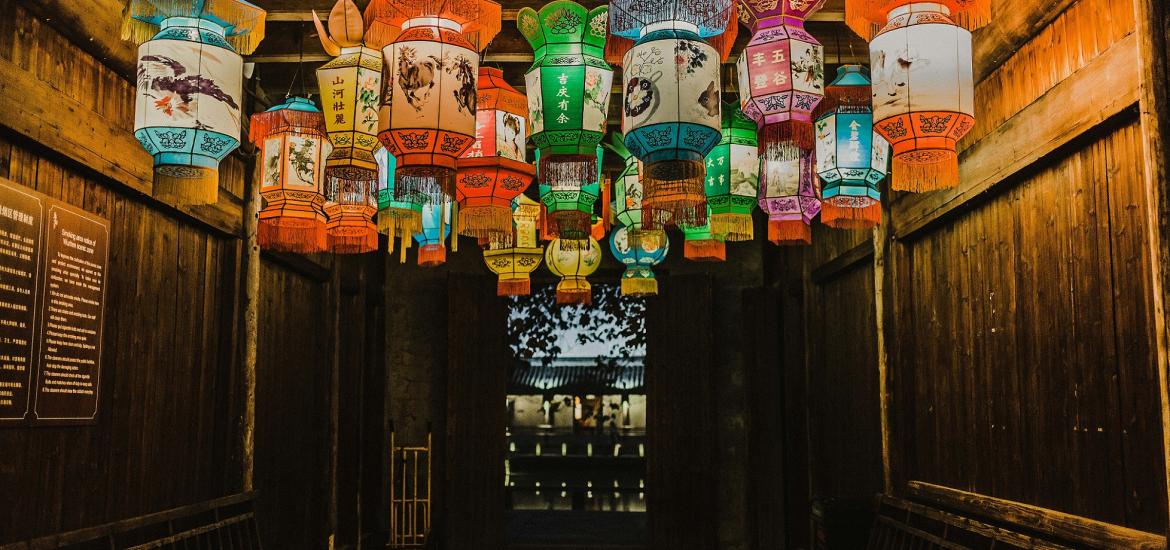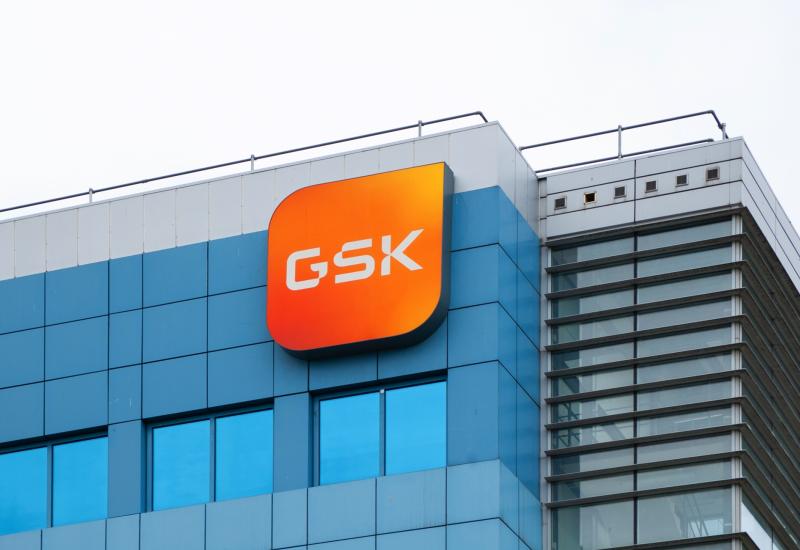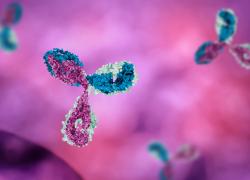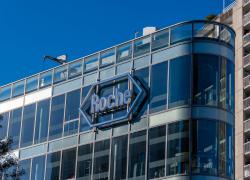
Qilu nabs a new B7-H3 contender
Minghui’s MHB088C will soon start phase 3 in China.
Minghui’s MHB088C will soon start phase 3 in China.

In the hot field of B7-H3-targeting ADCs there’s a new late-stage contender: Qilu has licensed Minghui’s MHB088C, not long after a Chinese phase 3 small-cell lung cancer trial was posted on clinicaltrials.gov.
The deal is small versus other B7-H3 transactions, at just ¥280m ($39m) up front. It’s also notable that, while other agreements have involved western companies picking up Asia-developed assets, this one features two Chinese companies. And Qilu has seemingly snubbed another Chinese phase 3 asset, MediLink’s YL201, which has remained unpartnered despite producing apparently competitive data at ESMO last year.
Perhaps Qilu simply found a bargain in MHB088C. For its outlay the group is getting exclusive rights in greater China; Minghui, meanwhile, will continue development in the rest of the world.
But maybe Qilu saw something differentiated. Minghui has claimed that MHB088C has higher cell binding activities and internalisation rates than rival ADCs. It’s also said that its so-called SuperTopoi payload is five to 10 more times potent than DXd, which features in Merck & Co/Daiichi’s ifinatamab deruxtecan, arguably the most advanced B7-H3 contender and which cost Merck $1.5bn up front.
B7-H3-targeting ADCs in mid-to-late clinical trials
| Project | Company | ADC properties | Status | Note |
|---|---|---|---|---|
| Ifinatamab deruxtecan | Daiichi/ Merck & Co | Topo1 inhibitor, DAR 4 | Ph3 in SCLC & prostate (both global) & oesophageal (Japan) | Merck licensed for $1.5bn in Oct 2023 |
| GSK5764227 | Hansoh/ GSK | Topo1 inhibitor, DAR 4 | China ph3s in SCLC & osteosarcoma; GSK planning global SCLC ph3 in Q4 2025 | GSK licensed for $185m in Dec 2023 |
| YL201 | MediLink | Topo1 inhibitor, DAR 8 | China ph3s in SCLC & head & neck | Looked competitive at ESMO 2024 in SCLC |
| MHB088C | Minghui/ Qilu | Topo1 inhibitor, DAR 4 | China ph3 in SCLC to start May 2025 | Qilu licensed May 2025 in Greater China for $39m up front |
| BNT324 | BioNTech/ DualityBio | Topo1 inhibitor, DAR 6 | Global ph2 in solid tumours (BNT327 or BNT325 combo) | Looked competitive at ESMO Asia 2024 in SCLC |
Source: OncologyPipeline & clinicaltrials.gov.
Whether these claims hold up, and whether they make any difference in the clinic, are up for debate. In a Chinese phase 1/2 solid tumour trial reported at ASCO 2024, MHB088C produced a 61% overall response rate among 31 SCLC patients.
This puts the project in line with the competitors from Merck/Daiichi, GSK/Hansoh, BioNTech/DualityBio and MediLink. However, the rival studies were all in relapsed disease, while the MHB088C trial included some first-line patients across tumour types; presumably some of the SCLC cohort were also first line, something that might have flattered the result.
Minghui also noted no cases of interstitial lung disease – a problem that’s been linked with DXd more broadly, and with ifinatamab-deruxtecan specifically. However, grade 3 or higher blood cell count decreases were seen with MHB088C.
More data are due at this year’s ASCO meeting.
According to the clinicaltrials.gov listing for the new phase 3 study, Minghui has decided to test 2mg/kg, which in the earlier trial looked cleaner than some of the higher doses tested, and produced an ORR of 67%, albeit in just three SCLC patients.
The pivotal trial, which is due to start this month, will enrol patients with relapsed extensive-stage disease, with no more than two prior lines of therapy. MHB088C will be compared against physician’s choice of chemo, with a primary endpoint of overall survival.
1671













